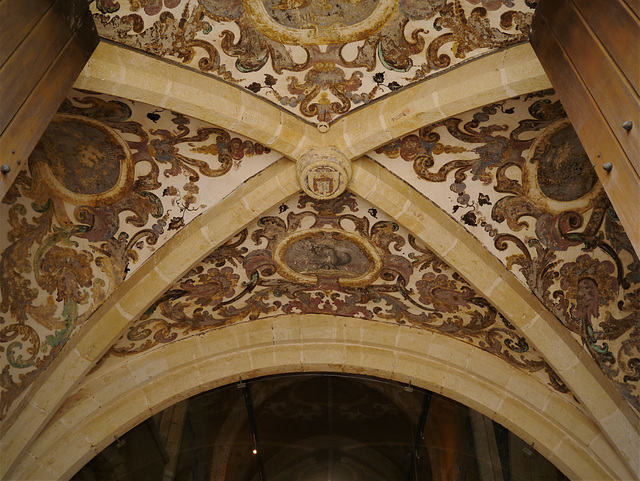Bad times are coming . . .
Sunrise
Hi, now you are really a grown up ...
Stone Sandwich
Óbidos - The village
Óbidos - V
Óbidos - II
Foz Côa
HFF
He can see me.
They can not see me
IMG_4987
Castelo de Vide
HFF
Castelo de Vide
Castle
IMG_4503
Barges, canoes, dinghies, gondolas, rafts, ships,…
To the Chapel - built 1620
Street lamp
View from de Moors Castle - Sintra
HFF - Forte da Graça
Aqueduto de Elvas - PIP
Chaves.
And crazy as hell . . .one can be . . .
The family
Fly
Roman Bridge
Foz Côa
Museu de Foz Côa
Quinta de Santa Marta
IMG_1808
Celeiro
O Emigrante
Heard you
Caméllia
Sweet young thing
Get out fast
HFF
Cork man - Silves
Silves - The Castle
HFF
IMG_1909
HFF
Castelo de Silves
See also...
See more...Keywords
Authorizations, license
-
Visible by: Everyone -
All rights reserved
-
371 visits
Palmela Castle


In Setúbal Peninsula, in the east side of the Arrábida mountain range, it is situated between the estuaries of the River Tagus and Sado River, near the mouth of the latter.
The early human occupation of the region dates back to prehistory, particularly the Neolithic period, according to the abundant archaeological testimony . Some scholars point to date of 310 BC for the founding of a settlement on the current location, fortified at the time of Romanization of the Iberian peninsula in 106, by a Praetor of Lusitania, named Áulio Cornelius (or Áulio Cornelius Palma). Modern archaeological research proves, however, that the subsequent occupation of this site was uninterrupted, initially by the Visigoths and later the Muslims, the latter responsible for the primitive fortification between the eighth century and the ninth, greatly expanded between the tenth century and the 12th.
The early human occupation of the region dates back to prehistory, particularly the Neolithic period, according to the abundant archaeological testimony . Some scholars point to date of 310 BC for the founding of a settlement on the current location, fortified at the time of Romanization of the Iberian peninsula in 106, by a Praetor of Lusitania, named Áulio Cornelius (or Áulio Cornelius Palma). Modern archaeological research proves, however, that the subsequent occupation of this site was uninterrupted, initially by the Visigoths and later the Muslims, the latter responsible for the primitive fortification between the eighth century and the ninth, greatly expanded between the tenth century and the 12th.
Dimas Sequeira, Trudy Tuinstra, Marco F. Delminho, RHH and 13 other people have particularly liked this photo
- Keyboard shortcuts:
Jump to top
RSS feed- Latest comments - Subscribe to the comment feeds of this photo
- ipernity © 2007-2025
- Help & Contact
|
Club news
|
About ipernity
|
History |
ipernity Club & Prices |
Guide of good conduct
Donate | Group guidelines | Privacy policy | Terms of use | Statutes | In memoria -
Facebook
Twitter

J. Gafarot club has replied to Jaap van 't Veen clubAdmired in:
www.ipernity.com/group/tolerance
Sign-in to write a comment.